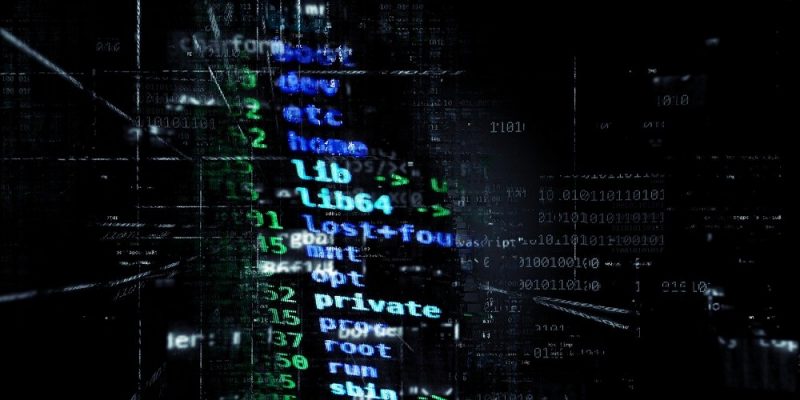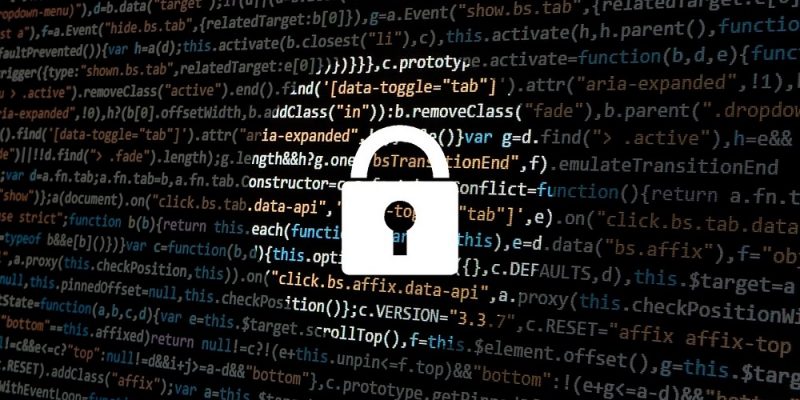 Know thy enemy: The evolving behaviors of today’s cybercriminals
Know thy enemy: The evolving behaviors of today’s cybercriminals
Organizations in the energy/utilities, government, manufacturing, and healthcare sectors have witnessed an increase in cyberattacks over the past year. In fact, recent research found that nearly 1,000 government agencies and healthcare institutions experienced attacks in 2019. As these industries evolve and become more digitized, attackers have the opportunity to access more data than ever before….








